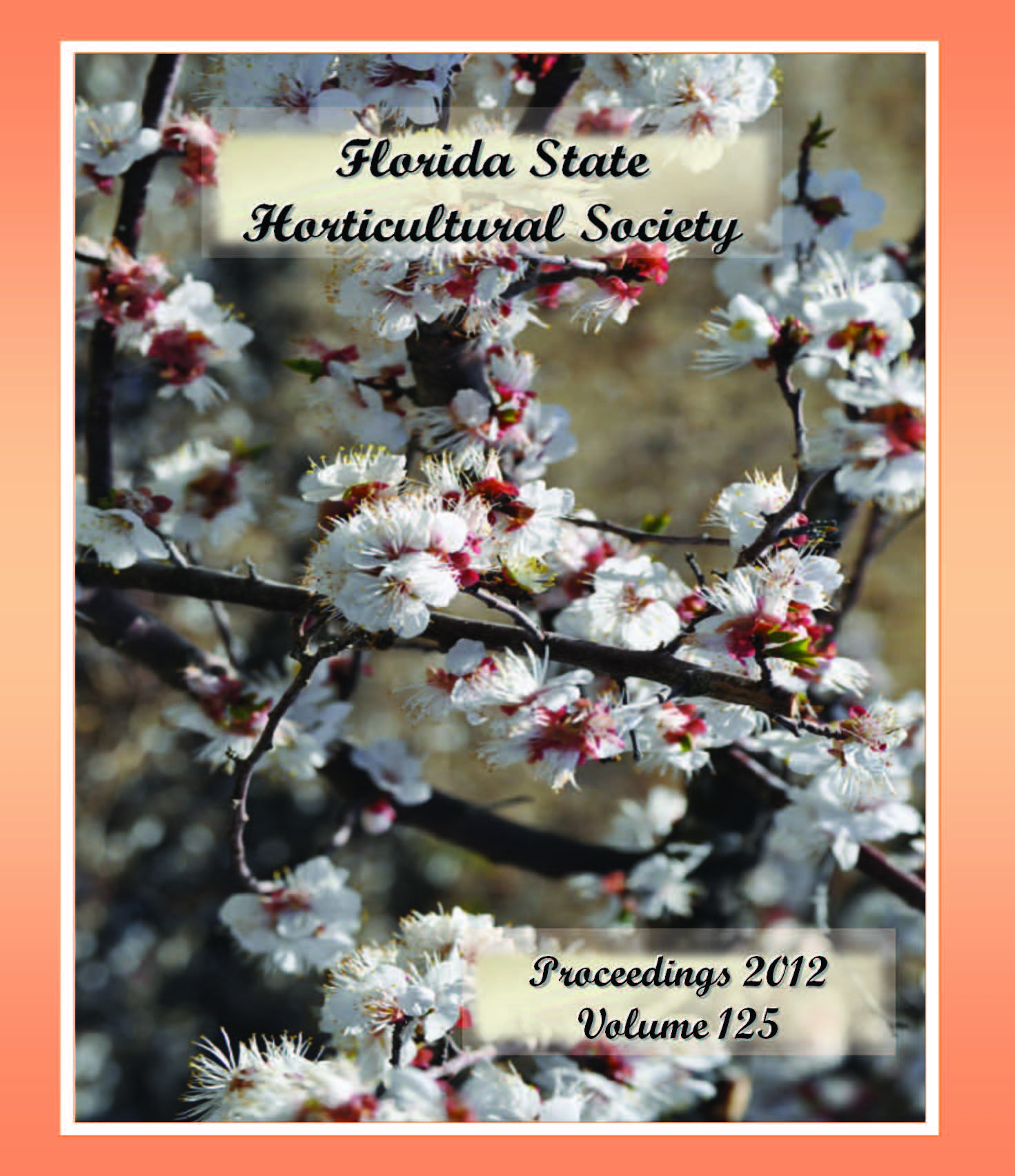Evaluating Impacts of Master Planned Communities’ Fertilization Practices on Water Quality Using the Watershed Assessment Model (WAM): The Restoration Project Case Study
Published 2012-12-01
Keywords
- best management practice,
- development footprint,
- fertilization,
- Florida-Friendly Landscaping,
- GIS
- impervious,
- land use change,
- managed landscapes,
- nutrient load attenuation,
- stormwater,
- total nitrogen,
- total phosphorus,
- turfgrass,
- urban density,
- wetland ...More
Abstract
Accurately anticipating the impacts of urbanization has clear environmental and economic advantages. The growing number of impaired Florida waters and associated Total Maximum Daily Loads (TMDLs) suggests that a more reliable alternative to the current “rebuttable presumption of compliance” is needed to evaluate water quality impacts. This paper considers the use of dynamic watershed simulation models for evaluating water quality impacts associated with the design and fertilization practices of master planned communities. Specifically, this study uses the Watershed Assessment Model (WAM) to simulate nutrient loading associated with two distinct plans (extensive and compact) proposed for the Restoration Development of Regional Impact in Edgewater, FL. Preliminary simulations indicate that N and P loadings can be positively and significantly lowered (by 47% and 31%, respectively, in this case study) as a direct result of reduced inputs and the preservation of open space, attained with the reduction of development footprint and managed landscapes.

